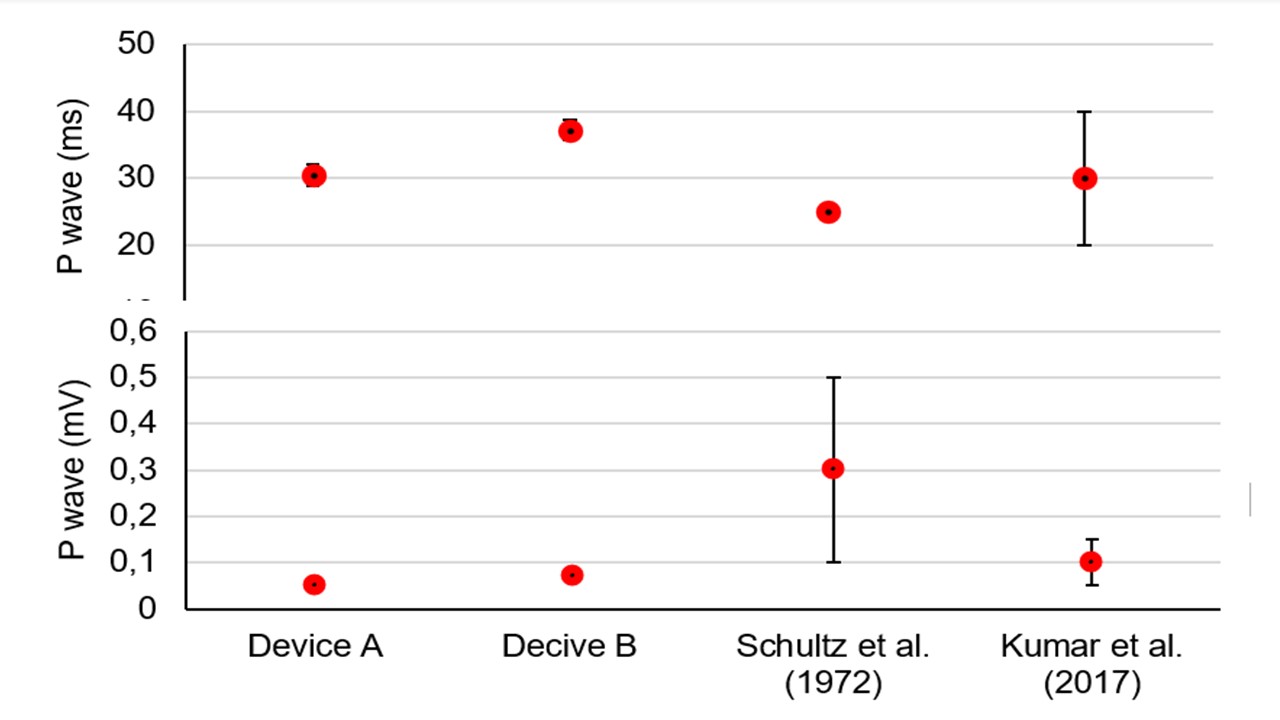Computerized electrocardiography in adult Sulffolk sheep: a comparative study
DOI:
https://doi.org/10.21708/avb.2020.14.2.9056Resumen
Computerized electrocardiography is a method widely used in veterinary medicine in several species and currently, with the availability of several devices in the market. In sheep, studies have shown variations in electrocardiographic values according to race, age, and methods of capture, but the values obtained in different computerized devices have not been compared. Thus, the present study sought to determine and compare the values of electrocardiographic variables between two computerized devices in healthy sheep. Fifty sheep (n = 50), Suffolk breed, female, launched, adult, non-pregnant, with average age and weight of two years and 50kg, respectively, were studied properly selected and clinically fit. The electrocardiographic tracings were obtained in two computerized electrocardiography devices (Apparatus A and B) individually and subsequently, with subsequent recording and interpretation of the tracings. The results showed a predominance of sinus rhythm in 78% (n = 39) and 22% (n = 11) with sinus arrhythmia in both devices. Significant differences among the devices (p <0.05) were identified in the duration variables (ms), such as P wave, P-R interval and segment, QRS complex, Q-T interval, S-T segment and T wave; and in the P-wave and R-wave amplitudes (mV). However, the values obtained were within the normal ranges recommended for the species, regardless of the capture method used. Thus, it is possible to conclude the presence of different values among the computerized electrocardiographs, suggesting variations in the tracking uptake sensitivity among the devices in released Suffolk sheep.
Descargas

Descargas
Publicado
Número
Sección
Licencia
Autores que publicam na Acta Veterinaria Brasilica concordam com os seguintes termos: a) Autores mantém os direitos autorais e concedem à revista o direito de primeira publicação, com o trabalho simultaneamente licenciado sob a Licença Creative Commons Attribution que permite o compartilhamento do trabalho com reconhecimento da autoria e publicação inicial nesta revista. b) Autores têm autorização para assumir contratos adicionais separadamente, para distribuição não-exclusiva da versão do trabalho publicada nesta revista (ex.: publicar em repositório institucional ou como capítulo de livro), com reconhecimento de autoria e publicação inicial nesta revista. c) Autores têm permissão e são estimulados a publicar e distribuir seu trabalho online (ex.: em repositórios institucionais ou na sua página pessoal) a qualquer ponto antes ou durante o processo editorial, já que isso pode gerar alterações produtivas, bem como aumentar o impacto e a citação do trabalho publicado (Veja O Efeito do Acesso Livre).


 Esta obra está licenciada com uma Licença
Esta obra está licenciada com uma Licença 